Here are some simple camp selection ideas (conventional routes, you can do a simple reference):
Best: Completely developed ready-made camp.
Second, it is on the humus layer in the cuttings, sand, and forest, as well as the grassland above the forest line.
Poor: Waterfront.
The following content will focus on the related camping techniques for high-altitude camps, written by senior Shanyou Ai Hydropower teachers.
There are many kinds of outdoor camps, each of which has its own matchmaking skills. Individuals like to build a variety of camps on the plateau. In a broad sense, a large area of ​​high elevation above 500 meters above sea level can be regarded as a plateau, but the emphasis here is on the construction skills of the campsite in a plateau environment with an altitude of 3,000 meters above sea level. At this altitude, the camp is built. It is a concern of many friends. Today, on the basis of a high-altitude environment, talk about the characteristics of various types of camps and the corresponding construction techniques in this environment.
I. Alpine Meadow Camp 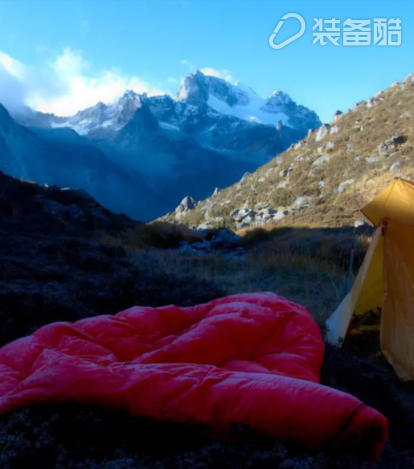
Due to the high altitude, the temperature in the morning and evening will be relatively low, and the nighttime temperatures will often be below zero degrees Celsius, especially in areas with relatively high latitudes, and sudden heavy snowfall is also common. Some open areas will have relatively large wind power, and they may be directed or not.
The following points need to be noted when setting up a camp in the plateau area (not only the plateau meadow area):
1. The snow pressure resistance of the tent is higher than that of the plains at high altitudes. There will not be too many precursors to the arrival of Blizzard. The night may not be long, but the snowfall on top of a tent can easily reach more than 100 kilograms. It does not even take such a long time. Double-bar cross-supported tents are difficult to support such a large weight, aluminum alloy or composite tent poles are often broken. If only this kind of tent is available, it would be hard work. The upper part of the snow should be shaken off or bounced off every one or two hours. This can be done inside the tent or outside the tent. If necessary, you can use the support that is available at your fingertips to strengthen the original support.
The tents with the best snow pressure resistance tend to have a pyramid or A-tower structure. The first is that the snow on the two types of tents is easy to slide down on their own, and the second is to support the two kinds of tents is easier to support the pole or trekking pole.

2. Wind resistance of tents This problem sometimes occurs more severely, especially at high altitudes in the north. The wind resistance of the tent is usually related to the type of tent and its wind resistance design, but the construction skills are equally important!
Regardless of the type of tent, the tight windproof rope and the stable nail setting will play a decisive role in its stability. Every time you take a camp, you should be careful, and do not hurry after the wind. The angle between the ground nail and the pull rope should be set to be more than 90 degrees to be firm enough, and the rope end should be close to the ground surface. If the meadow does not have a smooth nail, then there may be gravel or grass roots underneath it. You can change it to another place, and try to ensure the angle and depth of the nail.
3. Breathability of tents The breathability of tents is the key to reducing moisture intrusion. The use of breathable fabrics and reasonable ventilation design will play a role, and the combination of them will be more effective. Unfortunately, the tents that are usually used commercially are more likely to use airtight or poorly ventilated materials. This problem is especially noticeable when using single-layer non-ventilated tents.
Outdoor newcomers often ask why they don't use waterproof and breathable GTX fabrics. As a waterproof suit, GTX fabric is relatively ideal waterproof breathable fabric, but for single-layer tents or Bivy, its ventilation index is far from enough, and not just because of high prices and not be adopted.
Second, snow camp

If you are lucky, a thin layer of snow can be easily cleaned by you, but unfortunately there is a lot of snow is difficult to find the end, conventional nails and snow pegs are often difficult to provide enough anchoring force. Judging from various outdoor media and book descriptions, such terrain requires specialized equipment to deal with. Perhaps the most described description is snow cones and hail. Others may be told to use skis or something, but The equipment is too heavy, and the quantity carried is often limited and it is difficult to see it in regular outdoor activities.
The camp on the map above is at an altitude of 5,100 meters above the glaciers of the Japanese and Uighurs in the Gongga region. I used flexible anchor anchors on the ground for the first time and achieved satisfactory results. To put it bluntly, a relatively firm plastic bag is used, which will provide enough anchoring force when the snow is buried in the correspondingly sized snow pit. In this kind of snow, we have prepared more than two dozens of people. It is safe enough to set up this tent and use half of it. Of course, the equipment after this was apparently upgraded. Hydropower switched to a newly designed ultra-light nylon bag to replace the plastic bag so that it can be used repeatedly and its strength is even higher. In order to disperse tension, this kind of flexible snow nail tightening method also adopts an unconventional method. After each anchor point is set up, there are four ropes cooperating and it is very durable. In addition, the same equipment can also be used for camping in the sand or camping on gravel.
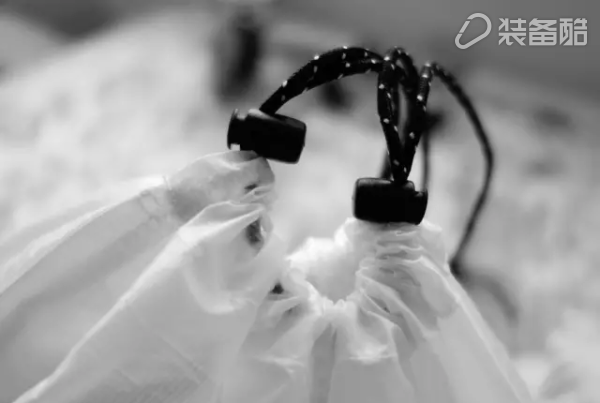
Third, when the snow is thick at the glacier camp, the glacier camp is almost equivalent to the snow camp. Only when the snow on the glacier surface is blown away by the wind or the snow melts, the harder ice layer will appear on the surface. In the cold winter, the seemingly inhospitable stream in the summer will also evolve into a terrifyingly large ice surface. You can think of it as a huge glacier, because the skills of camping on it are similar.
Direct nailing on ice is usually not effective. The nails are often bent on hard ice, breaking the ice and losing the anchoring force. Screw-in cones for climbing protection can provide strong anchor points, but unfortunately they are not usually equipped with such equipment. Short cement nails are good for ice, but they can be used only with special hammers or hammers. Pulling out frozen nails at the time of camping may cause some trouble and require some patience and skill. In addition, for ultra-light tent fabrics, do not pull hard when frozen by the ice. If you want to think of some safe ways to peel off slowly, don't be impatient.

Fourthly, the rocky beach is usually higher than that of alpine meadows. The campsite above the rocky beach needs more experience. There is almost no small piece of ground in the entire environment. If your tent is bottomed, it will be much more miserable, because only a small piece of flat ground that can hold the body can be found in the gap, and there is no way to judge and operate through the tent. In most cases, the edge of the tent may not be close to the ground without having to adjust the landing. The end result is that there is rarely a bottom edge that can be landed in a straight line. Obviously, the bottomless tent has obvious advantages in this situation. Conventional nails are still not easy to use, or even totally unusable. Consider fixing wind ropes directly to the rocks to fix the tents, or simply use the snow nails mentioned earlier to build up the tents with broken stones inside. purpose.

V. High-altitude rivers in riverside camps come from many glacial meltwaters, and there is rarely a surge in river water, and relatively flat riverbeds can sometimes be used. In most cases, the surface condition of the riverside camp is similar to that of a rocky beach, but there are also relatively good conditions, such as small meadows.
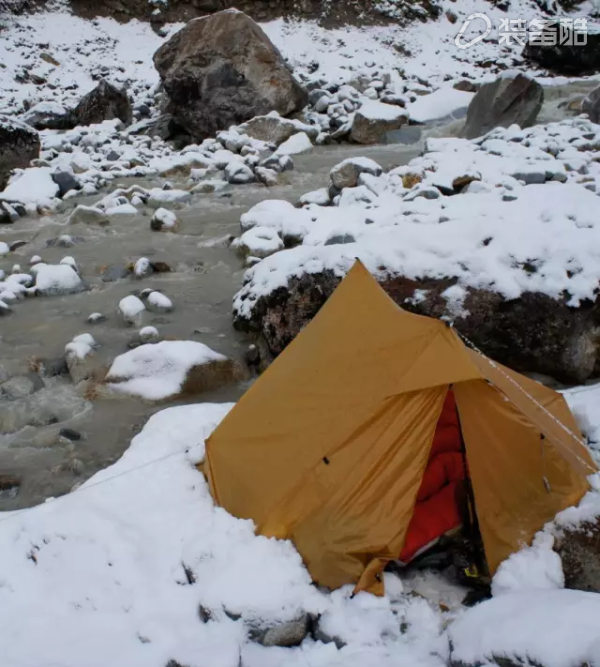
Six, forest camps in forest camps usually have lower elevations, but the surface conditions are similar to those in alpine meadows. Because of the presence of trees, the way in which wind ropes are fixed can be more diverse. The tents can even be supported without trekking poles. Instead, they can be two or more fulcrums on either side or above.
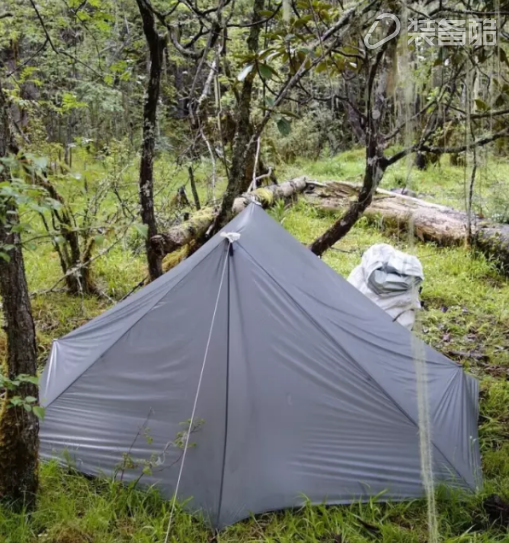
Seventh, the megalith camp

This camping at the foot of Miyuhaizi at the foot of this snowpack brought me a very comfortable enjoyment. The camp was built on a huge rock and the stone surface was quite flat. The problem is how to use the "universal" snow ground nails for the final result without properly setting up a tent that is not self-supporting! And some of the snow is nailed with a hanging method. With regard to the force control of the hanging method, it needs to be slowly explored or already has certain practical experience. Problems will occur if the weight is too heavy or too light.
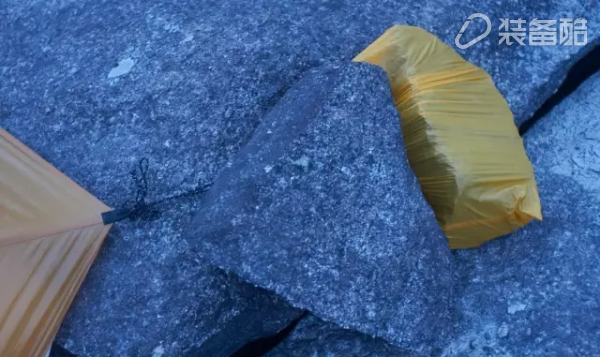
By the way, you can refer to this method for building non-self-propelled tents on other hard surfaces.
Eight, open-air camp

If you have the psychological barrier, outdoor open camping will definitely give you an unprecedented outdoor experience!
In addition, there are other situations regarding camping methods in high altitude areas, such as how to camp on frozen soils, camping on water meadows, camping on slopes, etc. The measures are various. In view of space limitations, they will not be explained one by one.
Single Seater Sofa,Single Couch Sofa,Love Sofa,Single Sofa 3 Seater
Foshan City Misirui Furniture Factory Co.,Ltd , https://www.misiruifurniture.com